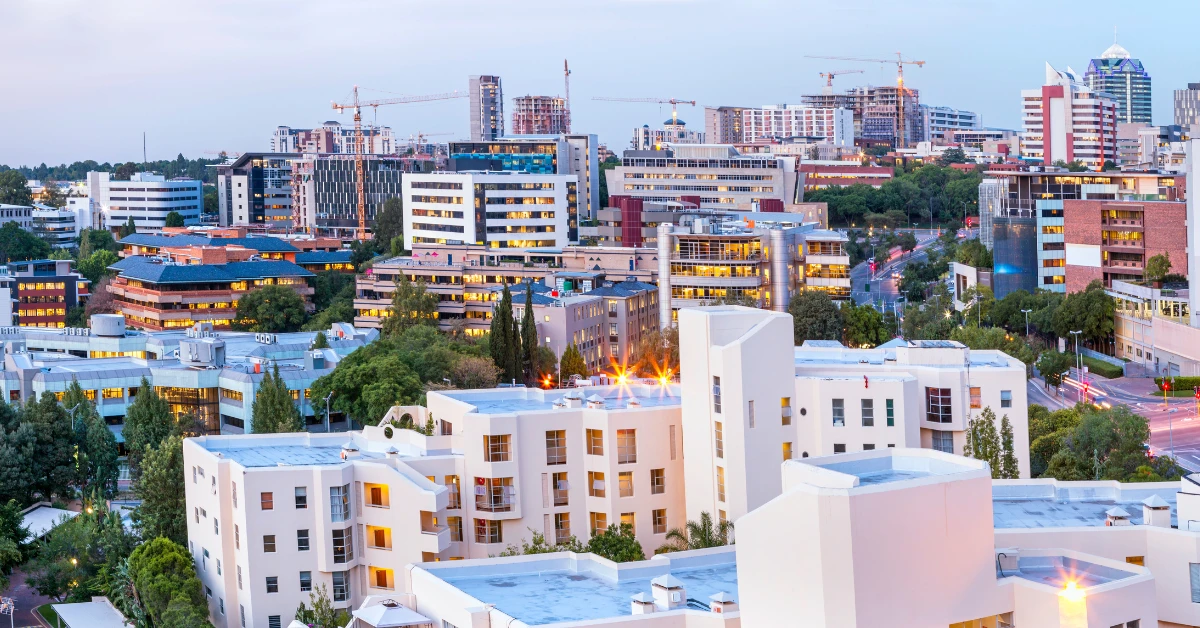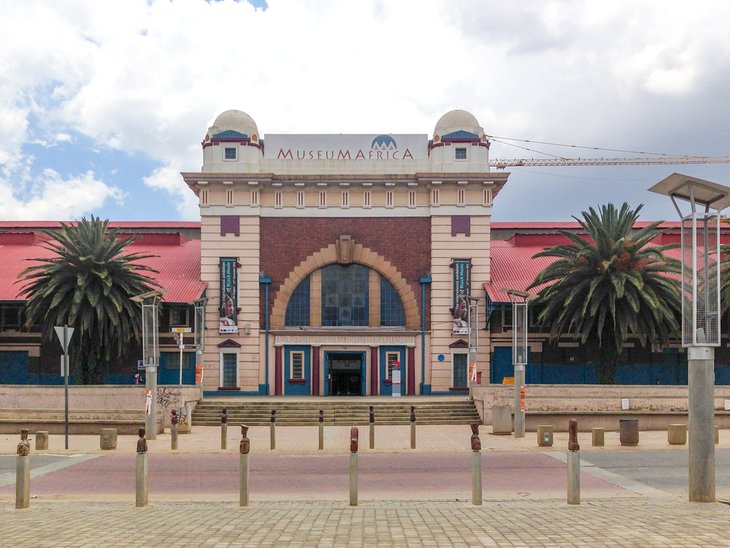What Does Johannesburg North Attractions Mean?
What Does Johannesburg North Attractions Mean?
Blog Article
Johannesburg North Attractions Fundamentals Explained
Table of ContentsAbout Johannesburg North AttractionsWhat Does Johannesburg North Attractions Mean?Examine This Report on Johannesburg North AttractionsThe smart Trick of Johannesburg North Attractions That Nobody is Talking AboutAn Unbiased View of Johannesburg North AttractionsThe Facts About Johannesburg North Attractions UncoveredThe 6-Minute Rule for Johannesburg North Attractions
Nevertheless you need to maintain protection in mind and tourists must continue to be alert in any way times when in unknown environments. Talk with the locals when you are in community to discover the area you are staying in. Johannesburg North attractions. When on the road (this doesn't put on mall and other safe and secure environments) ideal general suggestions is to try your ideal to look like a neighborhood and to avoid showing any kind of form of riches
More About Johannesburg North Attractions
Professor Revil Mason O. J. (Thomson, 1946) discovered the Witwatersrand's pre-colonial history. His historical job exploded the 'em pty land' misconception, according to which the region was lacking human habitation prior to the arrival of European inhabitants. In his magazines Prehistory of the Transvaal: A Record of Human Task (1962) and Origins of Black People of Johannesburg and the Southern Western Central Transvaal Advertisement 3501880 (1986 ), Professor Mason demonstrated the degree of social and economic advancement in the location prior to Europeans set foot here.

Johannesburg North Attractions Fundamentals Explained
He acted with the federal government's approval, approved after he had actually testified maintain his discoveries key. In 1874, small-scale mining operations were begun in the Magaliesberg, where an Australian, Henry Lewis, had actually found gold deposits. In 1878, David Wardrop discovered gold in quartz blood vessels at Zwartkop, north of Krugersdorp. In 1881, Stephanus Minnaar stumbled upon gold on the ranch Kromdraai, near the Cradle of Humankind.
In March 1886, an outcropping (quickly to be called the Main Reef) was located, rather fortunately, on Gerhardus Oosthuizen's ranch Langlaagte. Some say that the Lancastrian coal miner George Pedestrian discovered this reef. An additional travelling English prospector, George Harrison (who had actually formerly operated in Australian mines) acquired a prospecting permit in regard of Langlaagte in Might 1886.
He made a decision to go on in a mission for greener fields, and disposed of his Langlaagte case for the princely amount of 10. Alas: below lay the wealthiest goldfield ever before located. The exploration of this abundant auriferous reef provoked a gold thrill that signified the end of agrarian serenity in the southerly Transvaal.
It would certainly, within 6 years, come to be the largest town in southern Africa. Within a decade, it would make the Z. A. R. until then an anarchical and bankrupt little state the most affluent nation in Africa. By the millenium, the Z. A. R. was to exceed Russia, Australia and the USA of America to come to be the world's leading gold producer, generating more than a quarter of the world's gold.
Johannesburg North Attractions Can Be Fun For Anyone
It was called Ferreira's Camp, called after Colonel Ignatius Ferreira. He was a Boer adventurer upon whom the British authorities had presented the standing see here of Buddy of one of the most Distinguished Order of St Michael and St George (entitling him to the post-nominal letters C. M. G.) in appreciation for his role in the war that had deposed the Pedi king Sekhukhune in 1879.
Quickly the camp was brimming with camping tents and wagons as beginners got here daily from far and wide. By September 1886, some 400 individuals resided in Ferreira's Camp, which soon boasted prefabricated iron and lumber buildings. Two various other camps were established: Meyer's Camp on the ranch Doornfontein, and Paarl Camp. The latter was nicknamed Afrikander Camp; lots of people from the Cape Swarm worked out there.

More About Johannesburg North Attractions
This name obtained currency by word of mouth, such that the State Assistant attested the name to the Mining Commissioner on 9 October 1886. Stands in the town were auctioned on 8 December 1886. While some stands were offered for 10, others were knocked down for as low as sixpence.
2 read years later, these erven were to alter hands for as long as 750 each. The tented camps dwindled as a dorp of corrugated iron structures created and broadened north of the mines located along the Key Coral Reef Road. Locations such as Jeppe's Town (where working-class immigrants erected their homes) and Doornfontein (where the wealthy brand-new 'Randlords' began to construct their extravagant residences) were soon contributed to the ever-expanding map of the community.
Johannesburg North Attractions - Truths
Apart from the street names, there were no signs of Johannesburg being located in a Dutch-speaking nation., virtually everyone spoke English and even the Government slaves resolved one in English, unless they were first addressed in the Taal (or Reduced Dutch)'.
As such, Britain had an interest in making certain optimum problems for gold production on the Witwatersrand, and that the gold was exported to London as opposed to Berlin an imperative provided all the more clamant by the Z. A. R - Johannesburg North attractions.'s increasing toenadering with Germany. Mine proprietors got on a crash program with Head of state Kruger, whose plan of monopolistic concessions (frequently approved to his cronies) avoided mining companies from procuring supplies of products (particularly dynamite) and work on their own, less expensive terms
Some Known Facts About Johannesburg North Attractions.
In 1890, the Volksraad had restricted the franchise business to white men who had actually stayed in the Z. A. R. for fourteen years or longer, therefore disqualifying a lot of the immigrants (that happened to be the major contributors to the link fiscus). Agitation for the vote was a mere pretext for advertising a various agenda; most uitlanders concerned themselves as short-term visitors and had no objective of continuing to be in the Z.
Report this page